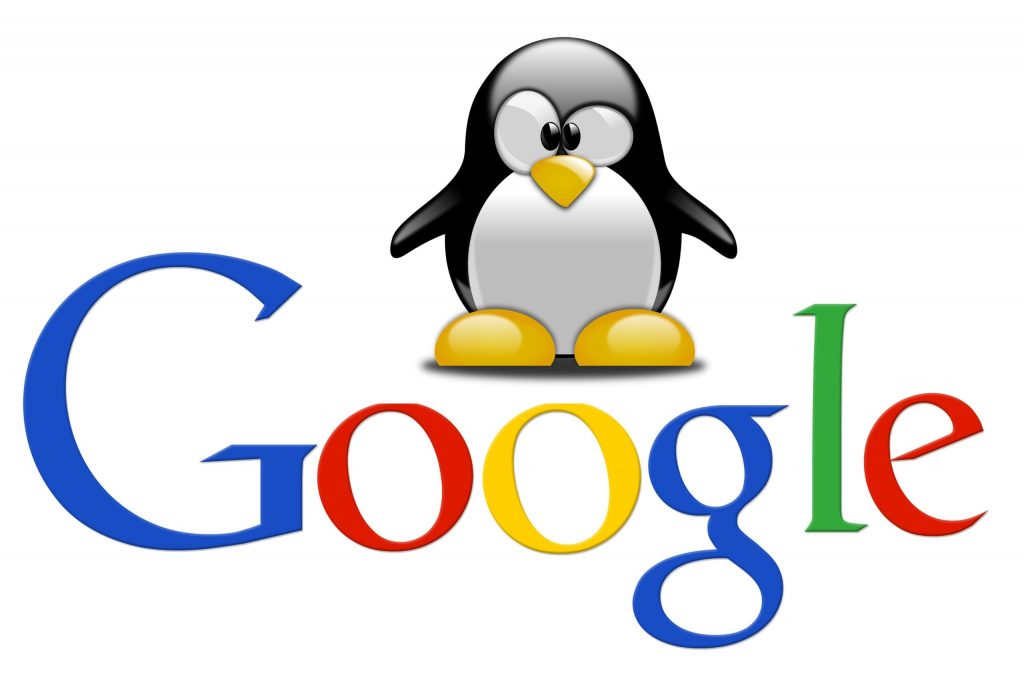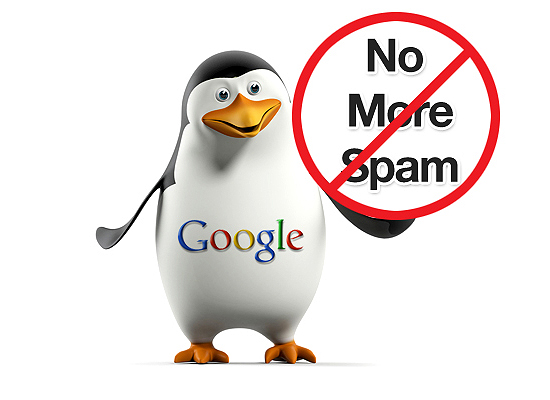The Google Penguin is a way to keep in check those who use manipulating practices to influence search results (and rankings) through black hat link-building techniques by some people.
The change was targeted at lowering search engine rankings for websites that break Google’s Webmaster Guidelines by employing now-declared Grey Hat SEM tactics such as altering the number of links pointing to a webpage to artificially boost its rating.
Read also: 9 Best Free Web Hosting Services you can trust
Table of Contents
When was Penguin Introduced?
The Google Penguin was a Google algorithm that was introduced on April 24, 2012.
The second Penguin upgrade took place on May 22, 2013 in Penguin 2.0.
Google refreshed its data again almost four months later. Google launched the Penguin 3.0 update on October 17, 2014.
Until then, all updates had to be done manually. The Penguin 4.0 upgrade, which took place in the fall of 2016, became a part of the so-called Google core algorithm.
Since then, like the Panda upgrade, more Penguin tweaks have been made on a regular basis and are no longer manual.
What led to Google Penguin being introduced?
Penguin was an extension and addition to Google’s armory in the fight against low-quality content, which began with the Panda algorithm.
Penguin was Google’s response to the growing practice of using black hat link-building techniques to manipulate search results (and ranks).
We already know that link volume plays a larger part in determining a web page’s scoring when crawled, indexed, and analyzed by Google.
As a result, when it came to ranking websites based on these scores for search results pages, certain low-quality websites and pieces of content appeared in more prominent positions than they should have in the organic search results.
Penguin attempted to ensure that natural, authoritative, and relevant links rewarded the websites they linked to, while manipulative and spammy links were degraded, by better understanding and processing the types of links domains and webmasters were earning.
Penguin is only concerned with the inbound links to a website. Google only considers inbound links to the site in question and ignores outgoing ones.

Webmasters’ impacts as a result of the algorithm change
The Penguin update has an impact on websites that do not follow Google’s webmaster standards (for example, buying backlinks or manipulating links in some other way).
If webspam was detected in prior versions of the Google Penguin upgrade, the entire domain was demoted.
This penalty could lead to the site’s expulsion from the index. The Penguin filter now works on a URL basis; if the filter detects webspam, individual subpages may suffer a ranking drop.
With the implementation of the continual updates, there is always the possibility that the sanctions imposed on impacted websites will be withdrawn more rapidly.
It was much more difficult to be removed from the penalty when the updates were still done manually – this
For the SEO world, the Penguin upgrade had far-reaching impacts. If active link building and receiving backlinks via guest entries or link exchange were still a big part of SEOs’ activity before then, link building has since grown more difficult.
More efforts are now being made to enhance voluntary linking to your own website using high-quality content. Simultaneously, additional marketing channels such as social media are being leveraged to expand the website’s reach and, as a result, receive backlinks and traffic.
Who can be a victim of the Google Penguin Algorithm?
Penguin algorithm after it was released, affected webmasters and brands who utilized deceptive link-building tactics or stuffed their backlink profiles with a large number of low-quality connections saw a drop in organic traffic and ranks.
Webspam comes in a variety of forms, according to Google’s “quality rules.” says it includes the following strategies or features:
Strange links: These connections can be obtained by purchasing or renting links from link farms.
Fake linking: When a website is mostly comprised of keyword links, it is almost always an instance of webspam.
Speedy link growth: If a website acquires a large number of incoming links in a short period of time, Google may consider it spam.
Changing from old domain to new domain: Penguin’s impact can spread across domains, thus switching domains and redirecting traffic from the old to the new could result in more issues in the long run.
Important note: It has been known that utilizing a 301 or 302 redirect won’t stop Penguin from working, and John Mueller verified in the Google Webmasters Forum that employing a meta refresh from one site to a different domain could also cause issues.
In general, we recommend not using meta-refresh type redirects, as this can cause confusion with users (and search engine crawlers, who might mistake that for an attempted redirect).
John Mueller
How to recover from Google Penguin update?
Those whose websites have been impacted by Penguin should examine their link structure instantly. Devaluation might occur as a result of links from online catalogs or incoming links from link farms, as well as poor neighborhoods.
A warning of “unnatural links” that Google sends to webmasters via the Google Search Console is a key clue that the Penguin filter has been triggered.
Prior link-building activities should be inspected and analyzed in this scenario so that the effects of Google Penguin on the afflicted websites are minimized.
If you think Penguin has hurt your site, perform a link audit and remove or disavow any low-quality or spammy links.
Google Search Console provides site owners with a list of backlinks, which includes nofollowed connections.
It will have no effect on your site if the link is nofollowed. Keep in mind, however, that the site reserves the right to delete the nofollow attribute at any time.
Many third-party tools will display links to your site, but because some websites prevent third-party bots from scanning their site, they will not be able to display every link referring to your site.
While some of the sites blocking these bots are well-known, high-quality sites that don’t want to waste bandwidth on them, it’s also being utilized by spammy sites to mask their low-quality connections from being reported.
Read also: How Search Engines Work?: Crawling, Indexing, and Ranking
Simply perform a link removal outreach or do a disavow.
Can you recover from a Google Penguin Algorithm?
Yes, you can recover from the Penguin algorithm.
It will require some experience in dealing with Google algorithms. When you start getting more quality links, the easier it will be to release your website from Google Penguin.





